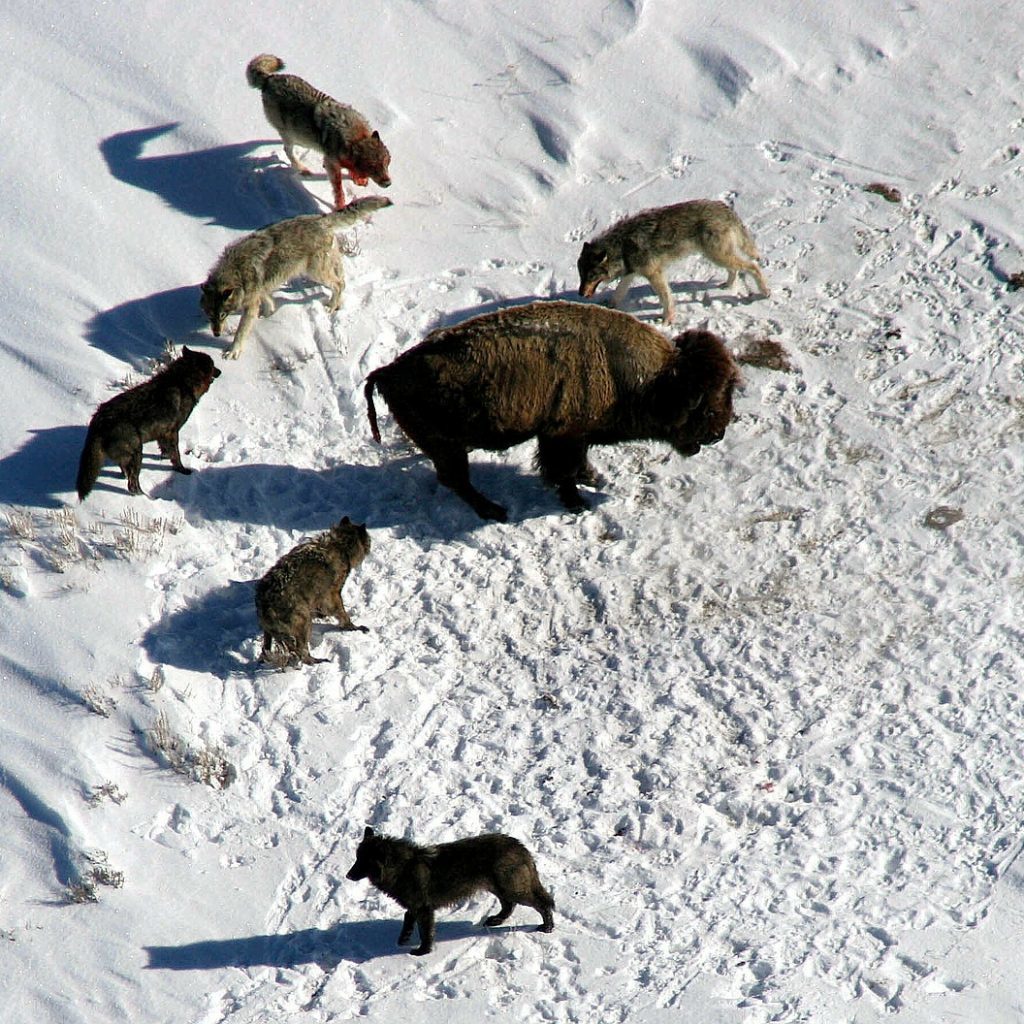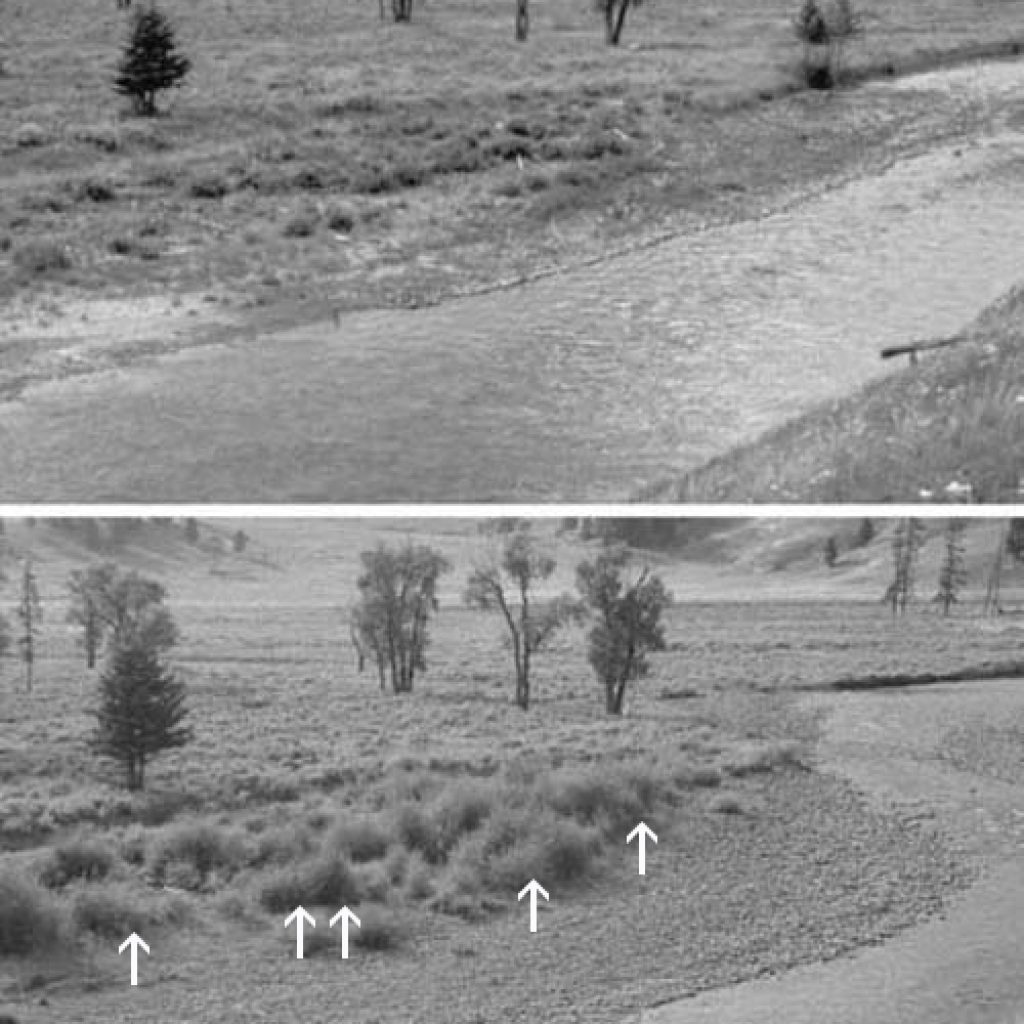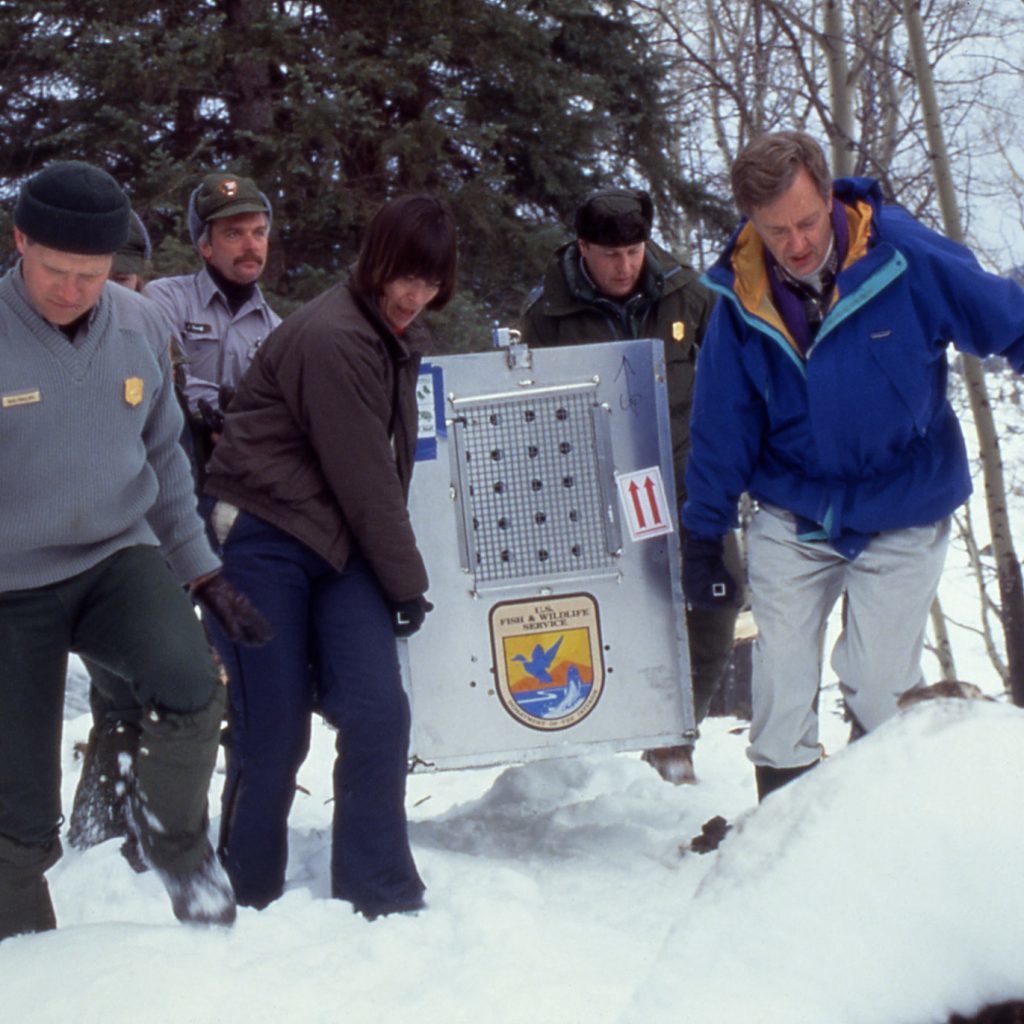THE WOLVES OF YELLOWSTONE: PART 1
Ecosystems are extremely delicate and even the smallest of changes can have major consequences. You may have heard that the simple flap of a butterfly’s wings can cause major changes in the world. Such is the case of the grey wolves of Yellowstone.
In the early 1800s, as American settlers moved their way out west, they encountered the grey wolf. Being a predatory animal, the wolf lives off of mammals native to the region such as elk and buffalo. However as people pushed further west with their livestock and pets, the wolves found new, easier prey. When faced with this new challenge, the settlers decided they were not fond of having wolves as their neighbors.

As of March 1st, 1872, Yellowstone Park was established in the states of Wyoming, Montana and Idaho as a National Park. In 1883, official federal protections were given to the wildlife in the park, overseen by the Secretary of the Interior: “He shall provide against the wanton destruction of the fish and game in said park”. Sadly, “fish and game” did not include predators, and the wolves hunting other animals was considered “wanton destruction”.
It was left to the park’s administration to clear the wolves from Yellowstone, and according to records, it was 1914 before the Army began to hunt the wolves. Before there was a chance to understand the implications, the wolves were completely cleared out of Yellowstone Park. The last wolf pack in the park was removed in 1926, and it would be decades before another would be seen again.
In the meantime, changes in the ecosystem became more and more apparent. The wolves’ number one source of food in the park is elk, and without any wolves around the elk began to overpopulate. This overpopulation caused damage and overgrazing of local plant life. A team of scientists visiting the park were even noted saying “The range was in deplorable conditions when we first saw it, and its deterioration has been progressing steadily since then”. It was abundantly clear that the excess elk were not good for the ecosystem.

In order to handle the decline of ecosystem, population control measures were implemented, including relocating and even hunting the elk. The reintroduction of the wolves was even mentioned on occasion as way to help with elk population control but denied as so much effort was put into removing the wolves in the first place.
By the 1960s our understanding of the environment and the frailty of ecosystems gave rise to a push for conservation. In 1967 the grey wolf was amongst the first species to be listed as endangered, but there was no legal grounds to attempt to bring the wolves back to the park. With time and scientific push a plan was finalized in 1980 but did not gain any traction until 1987. Over the next two decades wolves were slowly introduced into the population of Yellowstone. As of today an estimated 108 wolves find their home in the park.

How did this impact the ecosystem, you ask? Well, the changes that have taken place in the park since the resurgence of grey wolves have been greatly impactful. The population of elk has decreased substantially, allowing the flora and to thrive. Overgrazing is no longer an issue, and many plant species on the verge of being pushed to extinction have stabilized. Local coyote populations have gone through significant changes as well, as they are now facing the larger predator. The decline in coyotes has also led to an increase in foxes, rabbits, rodents and birds. Beaver colonies are more numerous as well, which changes the water tables and allows more of the park to be suitable for many forms of life from moose to microbes!
It is nearly impossible to list every species that is affected by the re-introduction of the grey wolf in Yellowstone Park. This great creature being welcomed back to its homeland has restored a balance that was severely lacking in our beautiful park! You can observe the wolves in their natural habitat and learn more about the history of the wolves in Yellowstone National Park on our 4 day, 3 night Winter Wolf Tour.